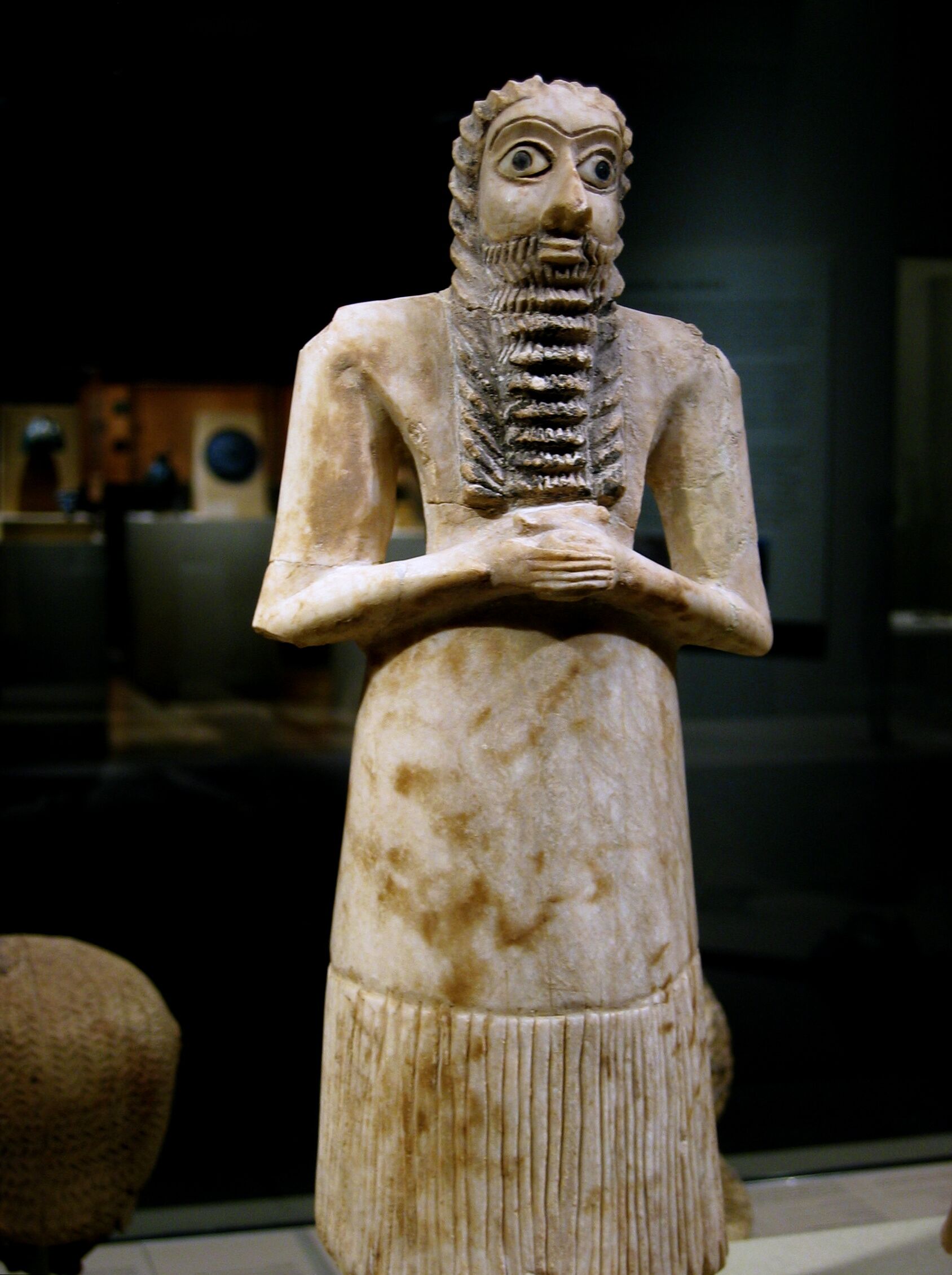Most Mesopotamian commoners were farmers living outside the city walls. However, cities too required commoners as many tasks were involved in running a city efficiently. All of Mesopotamia’s social classes lived in the city, including the nobility, the royals and their families, priests and priestesses, free commoners, clients of the nobility or temples and slaves. Clients were either temple dependents, such as important craftsmen, temple workers or dependent commoners who owned no property and worked on the nobility’s great estates.
Most Mesopotamian commoners, whether in the city or countryside, owned small plots of land, sometimes as individuals, but more often as part of their family or clan. Clans and extended families owned land and all members of the family worked that land, at least in the countryside. Even city dwellers might own a small bit of land for a garden.
Besides farming, Mesopotamian commoners were carters, brick makers, carpenters, fishermen, soldiers, tradesmen, bakers, stone carvers, potters, weavers and leather workers. Nobles were involved in administration and a city’s bureaucracy and didn’t often work with their hands.
A day’s work began early for Mesopotamian commoners. Women were up and making the morning meal by sunrise. Breakfast was simple but filling: a barley or wheat porridge flavored with onions and garlic or fruit, bread and beer. Beer was the favorite Mesopotamian beverage even among the wealthy, who could afford wine.
Mesopotamian commoners’ houses were one or two stories, made of mud bricks with rooms around an open courtyard. The walls were plastered and whitewashed both inside and out to help reflect the heat. Roofs were flat, and families slept on the roof when it was hot.
Because of the hot climate, dress was simple. Men either wore a kilt-like skirt which reached to their ankles or a long robe. They were either clean-shaven or had long beards. Women wore long robes draped to leave the right shoulder bare. They wore their hair braided, then put it up in fashionable hair dos. They often wore elaborate headdresses and ribbons. Poorer people could only afford wool for their cloth; the wealthier wore linen, a much lighter fabric in hot weather.
Once the day was over, families congregated for the evening meal, which could be a meat and vegetable stew, or roasted meats such as mutton, lamb, duck or pork served with vegetables, fruit, bread and beer. Cakes were eaten on special occasions, sweetened with honey. Families enjoyed singing and story-telling after dinner.
While free commoners held no religious or political power, they could move up the social ladder through marriage or enterprise. Some Mesopotamian commoners were successful enough at their trade to buy land, which they could then rent. Commoners were taxed a percentage of their labor or products. They might also be drafted into the military in times of war or to work on public buildings such as temples or palaces. Nevertheless, they often lived comfortable if not luxurious lives.
This article is part of our larger resource on Mesopotamian culture, society, economics, and warfare. Click here for our comprehensive article on ancient Mesopotamia.
Cite This Article
"Daily Life of Mesopotamian Commoners" History on the Net© 2000-2024, Salem Media.
April 24, 2024 <https://www.historyonthenet.com/daily-life-of-mesopotamian-commoners>
More Citation Information.

